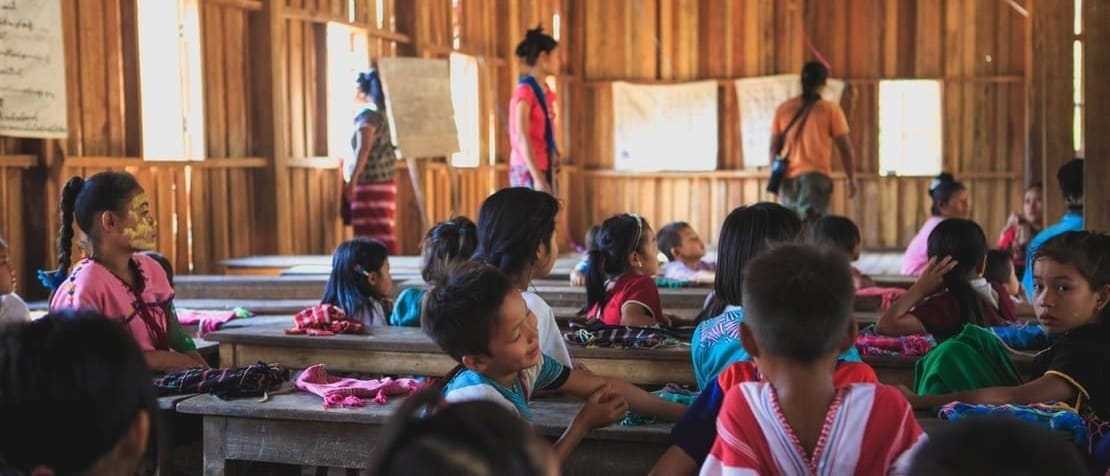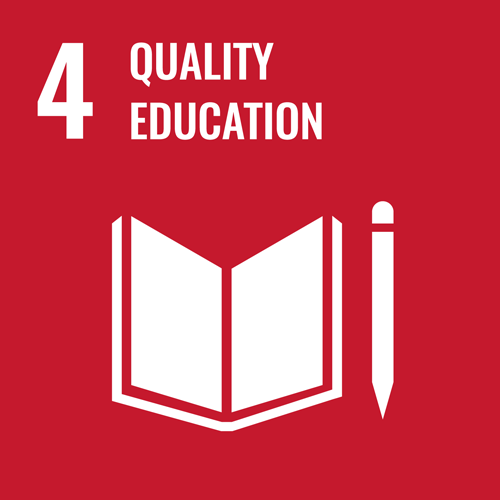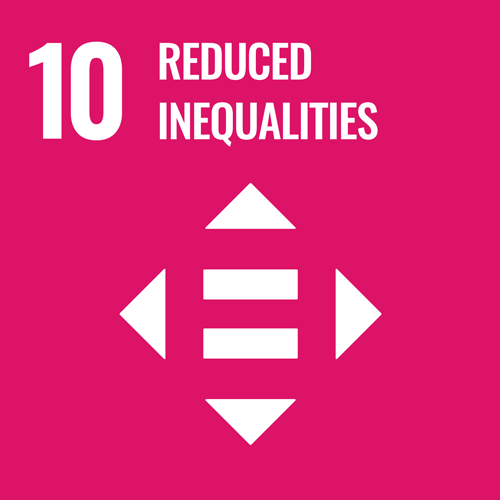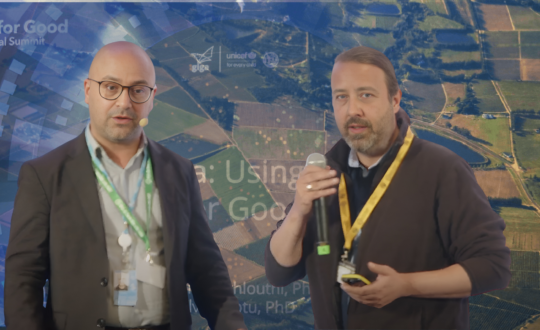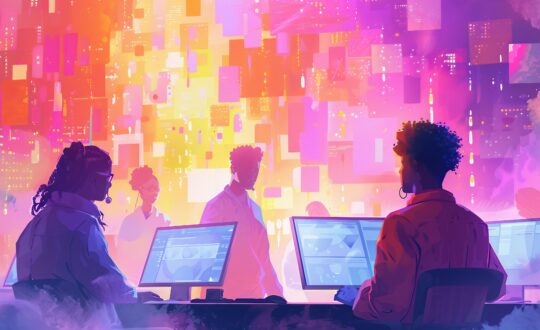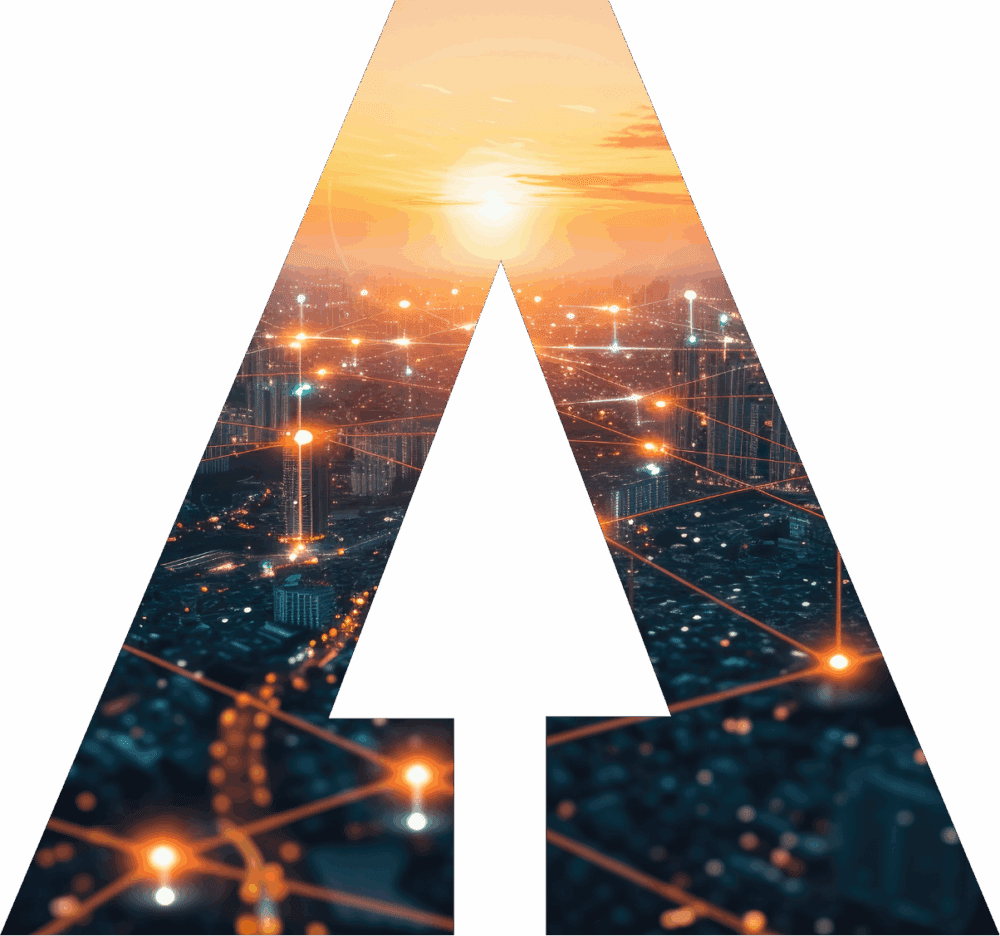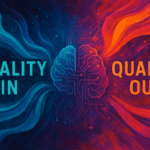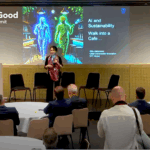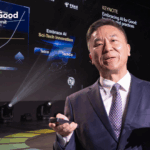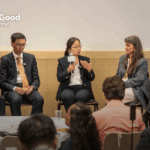At this week’s AI for Good Global Summit, artificial intelligence (AI) experts, ethicists, academics, technologists, United Nations representatives, and youth gathered to discuss how AI can help support educational initiatives and improve the lives of young people worldwide.
They noted that while AI has the power to a resolve some of humanity’s grandest challenges, these technologies also risk leaving the young, the poor, and the vulnerable far behind.
To address this, participants highlighted the need to include young people in all conversations on AI — and to reinforce the values, knowledge and critical thinking skills among young people that will empower them to ask the right questions, critically evaluate society, and thoughtfully lead the way into the future.
Defining the digital divide
Jayathma Wickramanayake, the UN Secretary General’s Envoy on Youth, started by describing the vast divides between the young in rich and poor countries.
“Today, 1.8 billion people are between ages 10-24, and three quarters of these youth live in developing countries.…600 million young people live in conflict or fragile settings. 94% of youth in developed countries use the internet. But only 67% of youth 15-24 in developing countries use the internet, and 30% of youth in Least Developed Countries use the internet,” she said.
Mr Fengchun Miao, the Chief of Unit for ICT in Education at UNESCO, pointed at the global divide in education: “260 million children are out of school. 600 million do not have minimum proficiency levels in reading and mathematics. Barriers to access in education include poverty, disability, conflicts, natural disaster, language barriers, and gender discrimination.”
RELATED: 3 ways to use ICTs to engage youth and reach the SDGs
Jonnie Penn, Google Technology Fellow at the University of Cambridge, warned that AI risks exacerbating already existing inequalities.
“The richest 1% are on track to control 2/3 of all wealth by 2030,” he said. “And the National Bureau of Economic Research says that if intelligence becomes about an ability to pay, then the rich will become orders of magnitude more intelligent and more enhanced, leaving the rest of the population further and further behind”.
The potential of AI to bridge divides among youth
“I am bringing this up because, when we talk about education in the future, AI will take on the mold of the society it grows in. This is the society young people are growing up in today,” Penn added.
RELATED: Who decides the future of artificial intelligence? Young people (if we support them).
While AI’s risk of excluding the young and vulnerable is great, so is the opportunity of AI to bridge divides.
Jayathma Wickramanayake noted: “AI- based technologies in education like digital tutors and online platforms can improve content, reduce costs and other barriers to education and enhance educational outcomes. They might even give us an opportunity to reach the otherwise unreachable”.
How can we use AI to remove barriers to achieve inclusive access?
Two AI-based applications were demonstrated, revealing how devices can provide interactive English language learning in local languages to vulnerable populations in isolated and underserved areas using solar powered devices and offline content.
Matt Keller, the Senior Director of Civil Society from the XPRIZE Foundation, explained that the Global Learning XPRIZE is a 15 million USD prize to incentivize the creation of open-source software and content to bring kids from 0 literacy to higher levels of literacy reading, writing, and numeracy in 15 months, on their own, without the support of an adult.
He explained that the Global Learning XPRIZE wants to test and prove this supposition at scale — because you can’t train enough teachers or build enough schools in order to reach every single child.
Empowering youth to co-create the future
Ms. Wickramanayake said: “It is critical to engage young in discussions in AI governance — they are not just beneficiaries, but essential actors in finding solutions to the issues faced by the world today, and their innovation, energy and leadership has been demonstrated across all sectors. They must be fully engaged in all conversations.”
Jonnie Penn underlined the importance of better incorporating citizenship education in schools for young people today to allow them to navigate and participate responsibly in the modern information environment. Citizenship education provides youth with critical thinking skills, personal autonomy, the ability to deconstruct the social realities embedded in political discourse, and the ability to understand the power dynamics of the culture in which they live.
RELATED: Empowering women and girls all over the world to promote AI for Good
In this context, he explained, it is important to teach technology through the lens of history, as this could help young people break down flawed assumptions and preconceived notions about society, technology and power such as ‘the government is too slow to deal to keep up with tech.’ Indeed, he corrected, the Internet itself, open source software, and AI were all born out of government funding.
New ways of governing
Ms Wickramanayake called for new governance systems for AI: “Algorithms may be mathematically optimal but ethically problematic. New governance systems are needed for AI. It is time or already late to think what accountability systems might work for AI”.
Mr. Penn also called for new conventions on human rights for the digital era. “In 1948 the world signed the Universal Declaration on Human Rights, and in 1966, the International Covenant on Economic, Social and Cultural Rights. What now? What rights next? We should let youth lead this so they have an invested stake in seeing these protected. Future rights might be, the right to privacy, the right to be forgotten, the right to fluidity in an overly categorized world.”
He added: “I advocate to incorporate young people in grand projects like setting up a bill of human rights for the digital era as well as building the government services of tomorrow… AI may not give young people a great future, and we need to get more political to ensure it does”.


